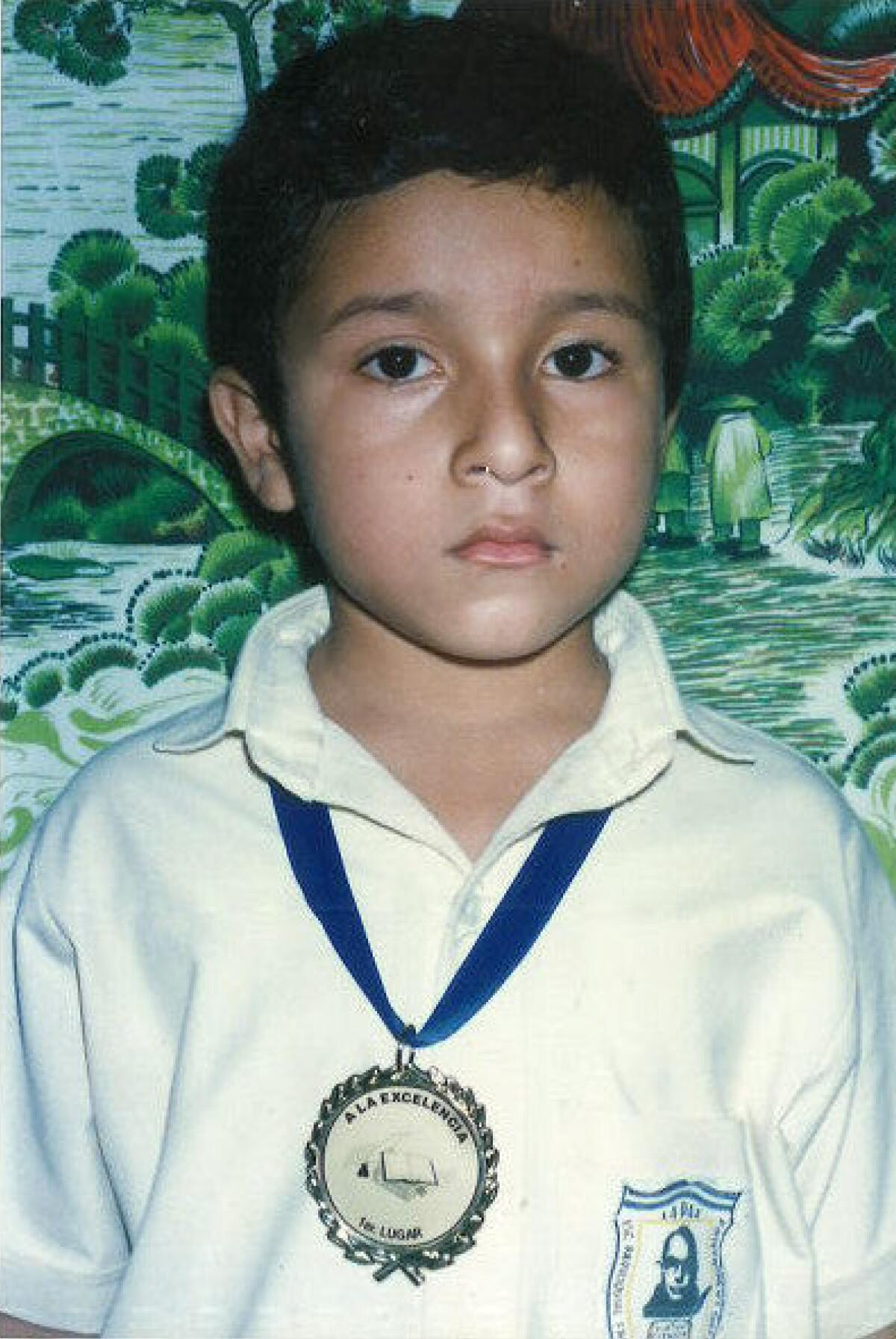
Author Javier Zamora
Javier Zamora’s Solito stands out in the world of memoirs not only for its powerful storytelling but also for the unique perspective from which it is told. While many memoirs reflect back on the author’s experiences through the lens of adulthood, Zamora’s choice to narrate his journey as his nine-year-old self offers a starkly different, raw, and intimate view of the world. This approach shapes the emotional landscape of the narrative, making it not only vivid but also immediate, giving readers an up-close and personal understanding of the challenges he faced during his migration from El Salvador to the United States.
Unlike memoirs written from the perspective of an adult looking back with the advantage of hindsight, such as Safiya Sinclair’s How to Say Babylon, Zamora’s Solito offers no such comfort. By presenting his story entirely through the eyes of his nine-year-old self, the memoir immerses the reader in the present moment, devoid of adult understanding or reflection. In contrast to Sinclair’s How to Say Babylon, where the narrative is shaped by the adult voice looking back on formative experiences, Solito demands the reader to engage with the immediacy of a child’s unfiltered emotions and observations. There is no adult perspective to mediate the events, making the journey feel much more immediate and raw. This approach not only provides a closer look into Zamora’s inner world but also invites readers to experience migration through the eyes of someone who can’t yet fully understand the significance of what’s happening to them.
The straightforward language and the plot’s seeming simplicity may initially appear unadorned. However, this simplicity is deceptive. The narrative is filled with sensory details and emotional moments that deepen the reader’s engagement. Zamora’s vivid descriptions of his surroundings, his emotions, and the events that unfold are far from ordinary. For example, Zamora paints a breathtaking image of the night sky as he observes the moonlight reflecting on the water: “The moon paints the waves platinum. The moon and the stars reflect on the water like jellyfish. Large tentacles reaching toward Asia. The stars’ reflection on the water like tortillas on a comal” (Zamora 93). This imagery captures a child’s unmediated connection to nature, where the mundane becomes poetic and full of wonder.

Zamora’s memoir is more than just a passive recollection of events. Instead, it’s an ongoing process of interpretation. As a child, he is actively trying to make sense of the world around him. He interprets his experiences, actions, and emotions through a lens that is constantly shifting and evolving. This active interpretation is what shapes the “subject” of the autobiography: the journey of self-discovery, even in the midst of uncertainty. As Sidonie Smith and Julia Watson discuss in Reading Autobiography Now, the autobiographical subject is always in process, shaped by the continuous engagement with memory and interpretation. Zamora’s narrative exemplifies this concept perfectly. His nine-year-old self is not a fixed, static subject but one that is actively learning and evolving through each moment of his journey. As Smith and Watson note, the autobiographical subject is formed through narration. In Zamora’s case, his narration becomes a way for him to actively shape his identity, helping him process the overwhelming experience of migration.
This process of active interpretation highlights the profound impact that formative years have on shaping one’s identity. Even as a child, Zamora’s early experiences begin to carve out the framework for who he is becoming, and these experiences continue to shape him well into adulthood. Toward the end of the memoir, Zamora reflects on how these early memories still influence him today: “It wasn’t until I started writing poetry and, later, this book (an impossibility without massive help from my therapist) that I felt courageous and healed enough to revisit the places, the people, and the events that shaped me” (Zamora 381). This moment of reflection underscores how the act of narrating his journey not only gives him understanding but also helps him reclaim parts of his identity that were once too painful to face.

Flag of El Salvador
One of the most powerful aspects of Solito is its ability to humanize the experience of immigration. Through the lens of one individual’s story, Zamora offers a unique and intimate look at the trials and triumphs of migration. Immigration, often discussed in abstract terms or represented by cold statistics, becomes deeply personal in Solito. By focusing on one boy’s journey, Zamora shifts the focus from impersonal narratives to the lived emotional reality of someone who is experiencing it firsthand. As he writes, “Their guns pointed at us, like mouths, like eyes. The holes like Grandpa’s gun. But these holes are wider. The guns are bigger. Longer” (Zamora 127). This haunting description of violence highlights how a child’s limited understanding of the world still carries the weight of fear and danger. The imagery of the “holes” of the guns, as seen through a child’s eyes, transforms an abstract concept of violence into something visceral and deeply unsettling.
Through his story, readers gain insight into the many facets of the immigrant experience—loneliness, fear, hope, and ultimately, survival. While Solito gives a personal account of one boy’s journey, it also serves as a broader reflection on the emotional costs and resilience required in the face of migration. It challenges the impersonal, often politically charged discussions surrounding immigration by bringing a human face to the experience.
Throughout Solito, Zamora reflects on the early memories that became the foundation of his identity. The things he didn’t fully understand at the time—his thoughts, his feelings, the events unfolding around him—are the very elements that

Javier Zamora as a child
helped shape who he would become. This idea is a poignant reminder that even in moments of confusion or pain, the process of growing and understanding continues, often in ways we don’t fully grasp until later.
By allowing his nine-year-old self to be the narrator, Zamora captures the raw, unedited experience of childhood, which is so often overlooked in adult-centric narratives. His story reminds us of the importance of our early years and how the emotions and events we experience as children can leave a lasting mark on who we are.
As Zamora himself writes, “This book is for them and for every immigrant who has crossed, who has tried to, who is crossing right now, and who will keep trying” (Zamora 381). This final reflection encapsulates the broader significance of his memoir—not only as a personal account of migration but as a tribute to all those who embark on similar journeys.
No comments yet.